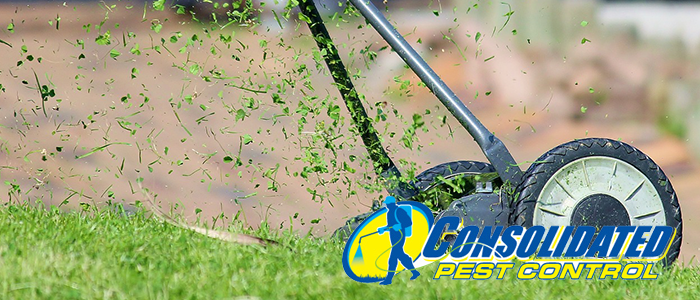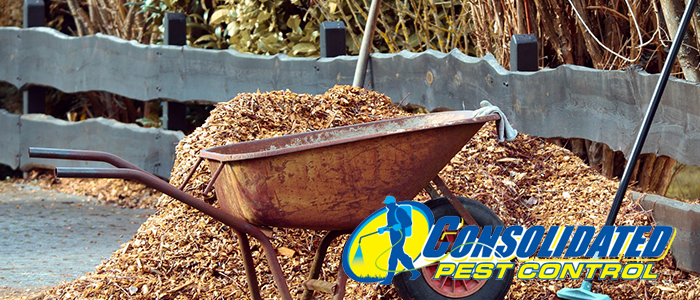
The Ultimate Guide on How to Prevent and Treat Cockroach Infestations for a Healthy Home
Cockroaches are one of the most common household pests that can cause a lot of distress to homeowners. They are resilient, fastidious creatures that can tolerate a wide range of living conditions. However, homeowners can take proactive steps to prevent and treat cockroach infestations.
In this blog post, Consolidated Pest Control, a leading pest control and lawn fertilization company headquartered in Plant City, FL, will provide the ultimate guide on how to prevent and treat cockroach infestations for a healthy home.
Section 1: The Importance of Preventing Cockroach Infestations
Cockroaches are known to be carriers of harmful bacteria, viruses, and allergens that can cause health problems, especially in children and adults with weakened immune systems. These pests can contaminate food, utensils, and kitchen surfaces, spreading harmful diseases such as salmonella, E. coli, and streptococcus.
Cockroaches can also trigger asthma and other respiratory health issues. Thus, it is essential to take preventive measures to avoid an infestation.
Section 2: Common Types of Cockroaches and Their Habits
Cockroaches can quickly adapt to different environments and are found in most homes, restaurants, hotels, and other commercial buildings. Some of the most common cockroach species include the German cockroach, American cockroach, Oriental cockroach, and brown banded cockroach.
The German cockroach is a frequent household pest that prefers warm, humid environments and feeds on anything organic, while the American cockroach thrives in sewers and damp areas. Understanding the behavior, habits, and preferences of the different types of cockroaches can help in selecting the most effective prevention and treatment measures.
Section 3: Signs and Symptoms of Cockroach Infestations
One of the initial stages in preventing and eradicating cockroach infestation is identifying their presence in the home. Common telltale signs of a cockroach infestation include:
- Seeing cockroaches in your home, especially at night.
- Musty or unpleasant odors in areas where cockroaches are breeding.
- Finding egg capsules or cast skins in dark, damp areas of the home.
- Seeing brown smear marks on surfaces due to cockroach droppings.
- Hearing cockroach sounds such as rustling, scampering, or clicking noises.
Section 4: Steps to Prevent Cockroach Infestations
Prevention is always better than cure, especially when it comes to protecting your family from the risk of cockroach infestations. The following steps can help in preventing these pests from invading your home:
- Keep your home clean and tidy, vacuuming, and wiping surfaces regularly.
- Seal any cracks, holes, or gaps in windows, doors, and walls.
- Store food in sealed containers and dispose of trash in properly sealed bins.
- Avoid leaving pet food or water out overnight.
- Fix any leaking pipes or faucets.
- Reduce clutter in your home, especially in dark and damp areas such as basements and attics.
Section 5: Mechanical Control Measures.
Mechanical control measures involve using physical barriers or traps to prevent or capture cockroaches. Some of the common mechanical control measures include:
- Installing doors, screens, or mesh to prevent cockroach entry.
- Using sticky traps or bait stations to attract and trap the pests.
- Vacuuming and sweeping up any debris from areas where cockroaches might live.
Mechanical control measures are effective when combined with other approaches, such as sanitation practices and insecticides.
Section 6: Biological Control Methods.
Biological control methods involve using the natural predators of cockroaches, such as lizards, birds, and spiders, to feed on them. However, these methods are not entirely reliable, as they require a stable population of predators for effective control.
Section 7: Chemical Control Measures.
Chemical control measures involve using insecticides or baits to kill or repel cockroaches. Some of the widely used insecticides include Pyrethrins, Pyrethroids, Fipronil, and Hydramethylnon. Chemical control methods can be effective, but property owners must follow the instructions carefully to reduce any impact on human health or the environment.
Section 8: Professional Pest Control Services.
Professional pest control services offer complete solutions to pest infestations in the home. A pest control specialist can inspect your property and offer a customized treatment plan that includes preventive measures, mechanical, chemical, or biological control methods. A professional pest control service, like Consolidated Pest Control, can implement control measures that target hard-to-reach areas, ensuring complete eradication of the infestation.
Section 9: Summary to Treat Cockroach Infestations
In summary, preventing and treating cockroach infestations is crucial for maintaining a healthy home environment. Homeowners can take preventive measures, such as keeping their homes clean, sealing entry points, and reducing any favorable breeding conditions. Mechanical, biological, and chemical control measures can also help in controlling the infestations.
If needed, homeowners can consult professional pest control services to inspect and treat their property for a complete solution to their infestations.








